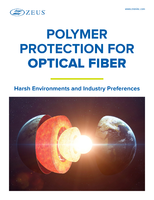World's Longest Trans-Oceanic Bridge Protected by Silicones
MIDLAND, Mich. (July 9, 2008): The Hangzhou Bay Bridge, an engineering feat nearly five years in the making, has connected the cities of Shanghai and Ningbo. The 36 kilometer (22 mile) bridge crosses the East China Sea and its twelve lanes are paved with an epoxy asphalt concrete. Critical sections of the concrete deck and piers of the bridge are treated with Dow Corning silane water repellants that fight corrosion and will help the bridge last well into the next century.
"Salt water contains chloride ions that damage concrete and cause corrosion of the reinforced steel bars inside the concrete," explained Tony McAuliffe, Asia Technical Service Manager, Dow Corning Corporation Construction Industry. "If the steel is allowed to rust, it will cause the concrete to crack and break."
Dow Corning silanes are applied to the concrete to make the material water repellant and deter chloride ion penetration. The silane molecule is small, which allows it to penetrate deeply into the material. It is used to protect commercial buildings, parking structures, highways and bridges.
"Dow Corning works with construction engineers from the earliest specification stage of a project through the application stage at the job site," continued McAuliffe. "It is this close partnership that enables the structures to be protected for a long time, delivering value to the customer, the project owner and the traveling public."




